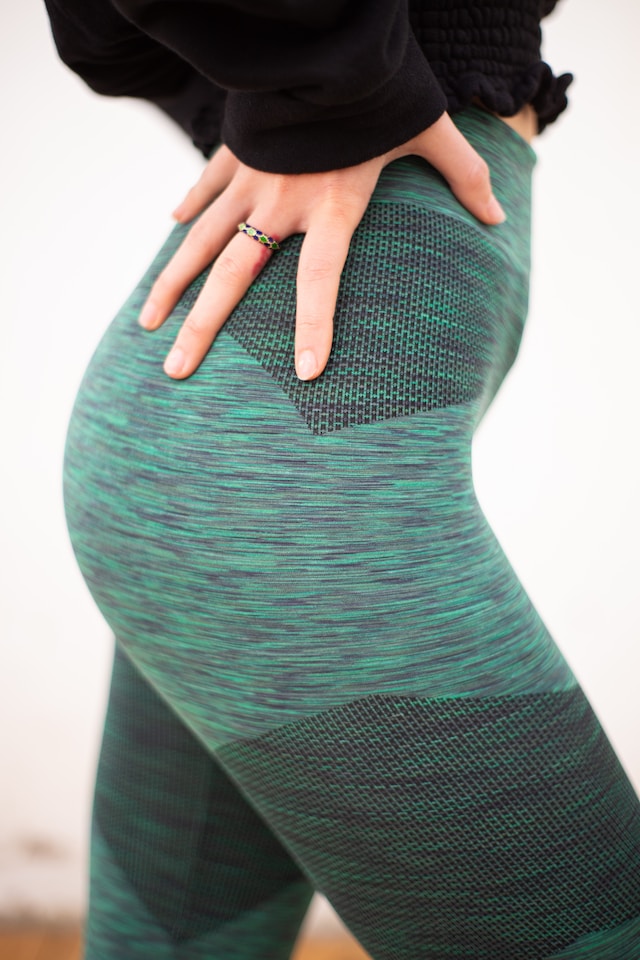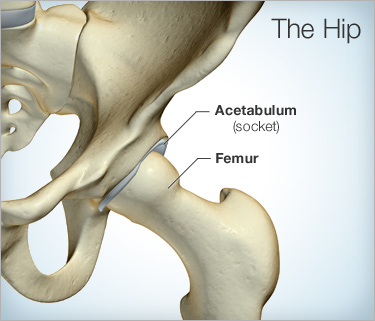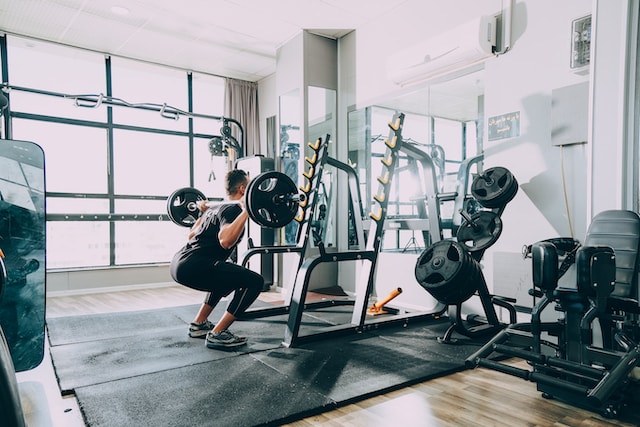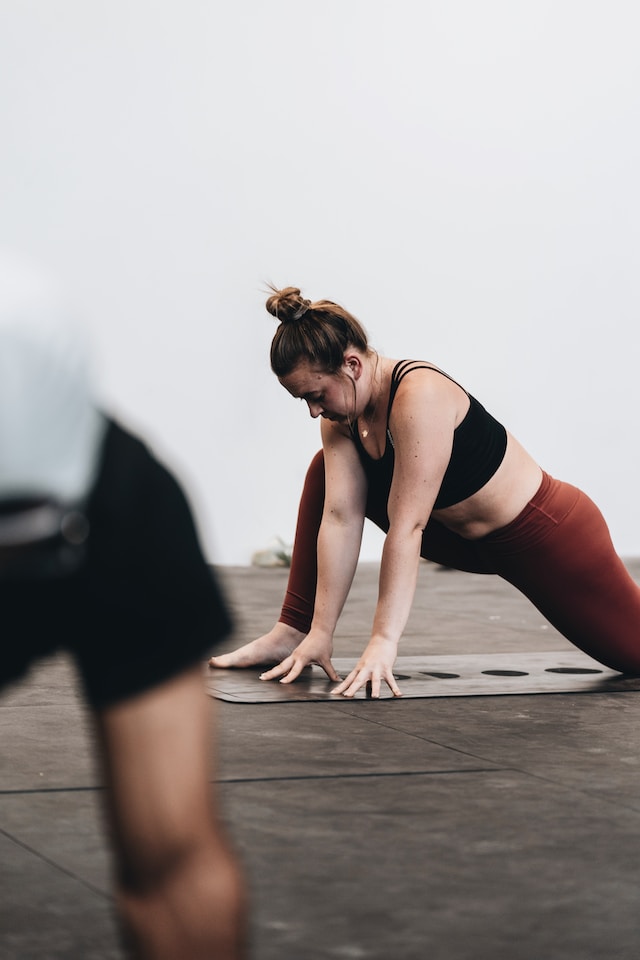A Simple Guide to Managing Hip Osteoarthritis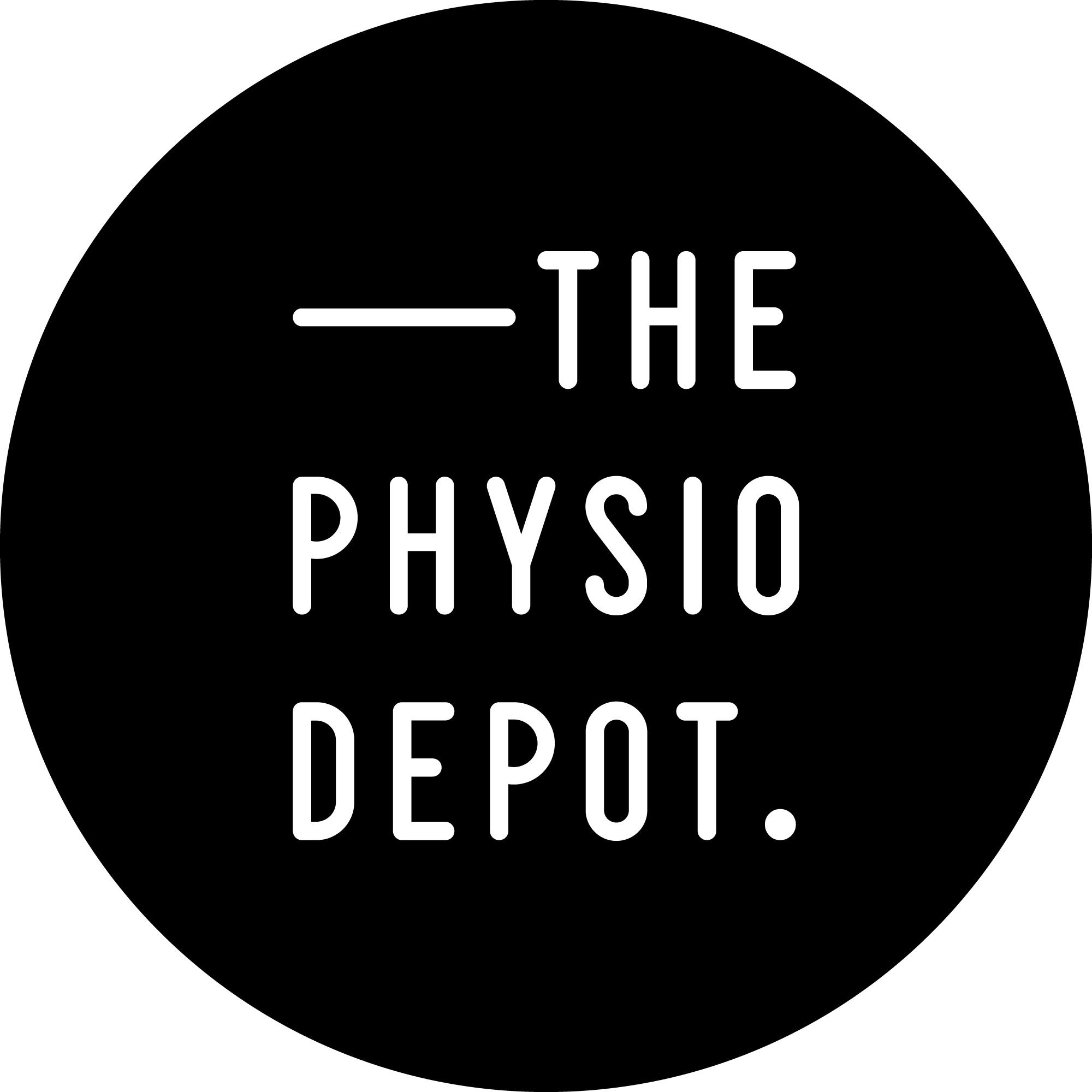
Hip osteoarthritis is a common condition that affects millions of people worldwide, particularly as they age. As a physiotherapist with over a decade of experience, I’ve had the privilege of working with numerous individuals dealing with hip osteoarthritis. In this blog, I’ll share my insights on this condition and provide valuable information on managing hip osteoarthritis through physiotherapy. I’ll cover everything from understanding the condition to exercises and lifestyle modifications that can help improve your quality of life.
Understanding Hip Osteoarthritis
Hip osteoarthritis is a degenerative joint condition that occurs when the cartilage cushioning the hip joint wears down over time. This can lead to pain, stiffness, and reduced mobility. Factors like genetics, age, and previous injuries can contribute to its development. It’s important to recognize the symptoms, which may include:
Hip pain, often deep in the groin, buttocks or anterior hip
Stiffness and limited range of motion
Clicking or clunking sensations in the hip
Pain that worsens with activity
Difficulty walking or climbing stairs
Diagnosis and Assessment
Proper diagnosis is crucial for creating a tailored physiotherapy plan. If you suspect you have hip osteoarthritis, consult your healthcare provider. They may perform a physical examination and may request imaging tests like X-rays or MRI to confirm the diagnosis.
Physiotherapy plays a vital role in managing hip osteoarthritis. Here’s how we can work together to improve your hip health:
- Pain Management: Physiotherapists can employ various techniques such as manual therapy and gentle exercises to help manage pain.
- Strengthening Exercises: Targeted exercises help improve the strength of the muscles surrounding the hip joint, reducing the strain on the joint itself.
- Range of Motion Exercises: Maintaining good hip flexibility is essential. Your physiotherapist will guide you through stretches to maintain or improve your range of motion.
- Gait and Balance Training: Working on your gait and balance can help reduce the risk of falls and enhance your mobility.
- Assistive Devices: In some cases, your physiotherapist may recommend assistive devices like canes or walkers to aid your mobility.
- Lifestyle Modifications: We’ll discuss strategies for managing your daily activities and pain, such as proper ergonomics and weight management.
- Patient Education: Understanding your condition and learning self-management techniques is crucial. We’ll empower you with knowledge about hip osteoarthritis and how to manage it effectively.
Hip osteoarthritis can be challenging, but with the right guidance and physiotherapy, you can manage the condition effectively. Remember, every individual’s experience is unique, and a personalised approach to treatment is essential. If you’re dealing with hip osteoarthritis, seek the guidance of a qualified physiotherapist with experience in treating this condition. Together, we can work towards improving your hip health, reducing pain, and enhancing your overall quality of life. Stay tuned for more insights and tips on managing hip osteoarthritis in future posts.

